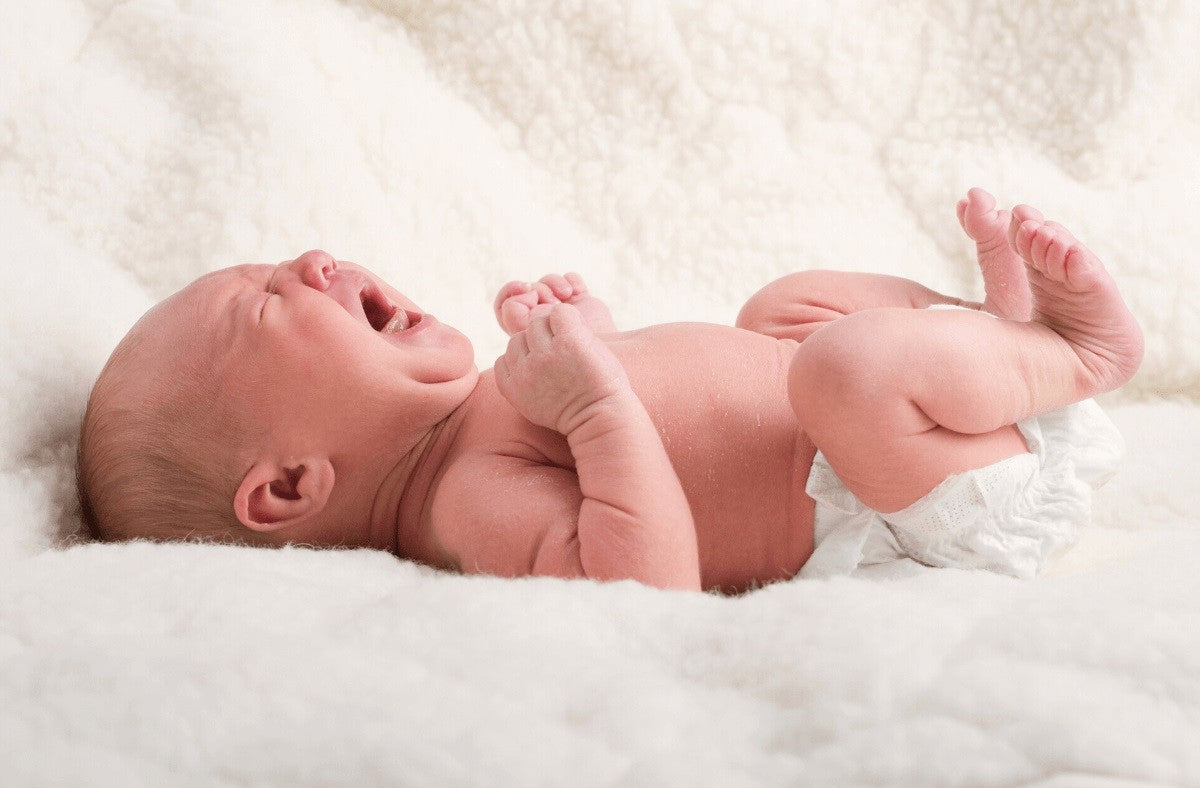A twin pregnancy has different characteristics than the gestation of a single baby. We address all the most important points on this path - from possible causes to risks.
Twin pregnancy, when it is seen
It is during the first trimester ultrasound, which takes place between 6 and 14 weeks, that the gynecologist checks the vitality of the embryo, the site of pregnancy (intra or extra uterine) and the number of fetuses present.
Twin pregnancy, the causes
If the pregnancy is spontaneous, the presence of twins is quite rare: it occurs in less than 1% of cases. If, on the other hand, pregnancy is the result of an assisted reproduction procedure, then the chances increase. Familiarity can also play a role in expecting twins.
Familiarity concerns in particular the maternal line and is limited to heterozygous twins: it is probably linked to a predisposition of the woman to have double ovulation.
Twin pregnancy, the types
It is very important to understand as soon as possible that it is a twin pregnancy in order to evaluate what the type is.
1. The number of fetuses
“Twin pregnancies generally have two or, more rarely, three fetuses. If they are spontaneous it is very difficult to exceed this number. In the past, ovarian stimulation procedures could also produce pregnancies with 5-6 fetuses, but now the techniques have improved and no more cases of this type are seen. Above three, in fact, the probability that they reach the end of the pregnancy or that they develop normally is very low ».
2. The number of placentas: monochorionic or bicorial twin pregnancy
«About 10% of twin pregnancies are monochorionic, ie there is only one placenta to which two or more fetuses are connected; the other cases are bicoric, ie there are two placentas for two different fetuses ».
"The first possibility is more risky - underlines the expert - because the fetal circulations are connected, so there is the possibility of blood transfusions from twin to twin". In this case we speak of fetal-fetal transfusion, a condition that occurs in approximately one out of six cases and can be serious, life-threatening. If the situation is serious, an attempt is made to intervene with an operation to separate the placenta with a laser, or by anticipating the birth.
"Another complication of monochorionic pregnancy is selective growth retardation: one of the twins is smaller than the other, an element which, however, also puts the brother at risk".
3. Amnioticity
We generally have one amniotic sac per twin. Very rarely (<1% of twin pregnancies) fetuses can be contained in the same amniotic sac as well as have a single placenta. These are very high-risk pregnancies, particularly due to the ease with which knots can form between the two umbilical cords, and require early counseling and management.
4. The zygosity
Twins can be monozygotic, that is to say they derive from a single fertilized oocyte that divides giving rise to two distinct individuals, or heterozygous, that is generated by two different oocytes fertilized simultaneously by two different spermatozoa.
Twin pregnancy, the prenatal path
For a bicorial twin pregnancy, the first and second trimesters are very similar to those of a single pregnancy, also in terms of the type of tests to be performed, albeit with some particularities. In the third quarter, on the other hand, there are specific issues to address and generally some more controls.
Twin pregnancy, the risks
The risks of a twin pregnancy with two fetuses are increased compared to a single pregnancy, but are generally manageable. For the mother, there is an increased risk of developing gestational diabetes, hypertension, preeclampsia (especially if other risk factors are present) and cesarean delivery.
From the fetal point of view, there is instead a greater risk of spontaneous abortion, growth retardation and preterm birth. If the twin pregnancy is monochorionic, to these risks are also added those of fetal-fetal transfusion and fetal malformations. Outside of this particular case, the risk of congenital malformations and diseases, including genetic ones, is equal to that of single pregnancies.
If a twin dies, in a bicorial pregnancy generally nothing is done except carefully observe the mother and fetus, making a correct planning of the birth and possibly prescribing an antibiotic therapy to avoid infections. If, on the other hand, the pregnancy is monochorionic, the risks increase and advanced investigations may be necessary up to the anticipation of delivery. In theory, the earlier the abortion occurs, the more chances there are for the other twin to survive and have no problems ».
Twin pregnancy, common ailments
A twin pregnancy is generally characterized by some elements: nausea at the beginning of gestation; hardening of the skin on the belly already from the second month; heartburn due to the pressure that children exert; digestive problems; shortness of breath and fatigue of circulation; water retention and the appearance of varicose veins .
.
If they have no particular difficulties, twin mothers can safely leave their jobs at the beginning of the eighth month. However, they typically have to stay home a little earlier or, in some cases, even much sooner.
Twin pregnancy, specialized centers
For those following twin pregnancy, the fundamental element to know is the number of fetuses and placentas. "However, it is not always an easy assessment to make, which is why it is good, once you know that it is a twin pregnancy, to be followed in a specialized center".
These are structures that have the possibility of assisting problematic pregnancies: "University clinics, or centers with specific expertise and experience in fetal medicine".






Leave a comment